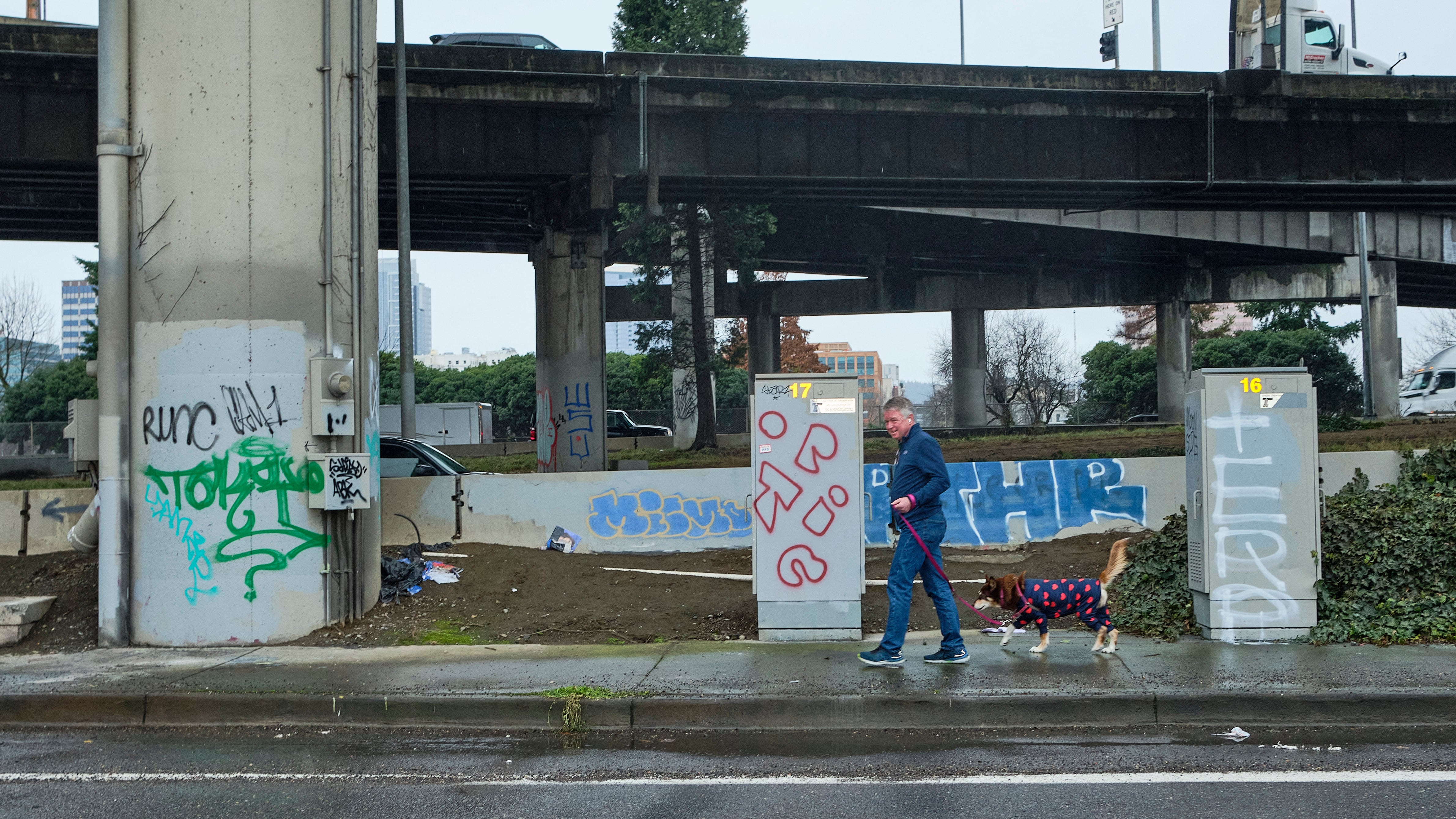There are places around town where talented spray-can artists have completely obliterated highway signs to the point where I can’t find my way to a decent pot shop. (Just kidding, they’re everywhere.) Why don’t the folks in charge of maintaining such signage treat their signs with anti-graffiti paint coatings? —Lost in Portland
Oh, my sweet summer child. You’re basically asking Willie Nelson if he’s ever considered experimenting with marijuana. The authorities use anti-graffiti products all the time. The results might not be everything you’d hope for, but just think how much more graffiti there’d be without it! Probably.
Not that satisfying, I know. The problem is that, like marijuana, anti-graffiti coatings can only do so much. It would be nice to invent a special glaze that would wait for a vandal to raise his spray can and then blast him into the next county with an Iron Man-style repulsor ray. Unfortunately, our technological reach once again exceeds our grasp. For now, all graffiti-fighting products can really do is make it somewhat easier for a dude with a pressure washer to remove graffiti after it’s happened. Even treated surfaces are going to have graffiti on them if said dude hasn’t yet gotten around to removing it.
Graffiti-resistant coatings come in three flavors: sacrificial, which washes off with the graffiti and has to be reapplied each time; semi-permanent, which can take a limited number of washings; and permanent, which can take a much larger, though still limited, number of washings. (The relative cost of each solution is left as an exercise for the reader.) The Oregon Department of Transportation’s highway signs, which seem to be what you’re most worried about, come from the factory with the semi-permanent type, a film that can handle up to four washings. Once that’s gone, the bare sign can be washed an additional four or five times; then it’s time for a new sign. That can run the taxpayers $25,000 or more once you figure in labor, lane closings, etc.
You didn’t ask, but since 2016, the Portland Bureau of Transportation has also been using a graffiti-resistant coating on new signs (though not retrofitting those already in place). Meanwhile, the Regional Arts & Culture Council’s public art division is using a similar treatment on officially sanctioned murals. Have all these efforts defeated the scourge of graffiti? No, but look on the bright side: Willie Nelson seems quite relaxed.
Questions? Send them to dr.know@wweek.com.

